Maybe I have no class (I mean, probably), but I honestly don’t get wine.
I love beer. I will go to great lengths to sample local brews and can even discuss them in a semi-intelligent manner. Hand me a glass of wine though, and the most insightful analysis I can usually drum up is that it “tastes red.”
Unfortunately for myself, the beer selection in South America is… lacking to say the least. The main attraction here, Argentina specifically, is wine. I can’t fight it. So when we arrived in Mendoza, the heart of Argentine wine country AND were invited on a fabulous wine tasting tour by GetYourGuide, I decided I had a chance, nay, a responsibility to educate myself just a little. Particularly if education meant drinking a lot.
So here is what I learned:
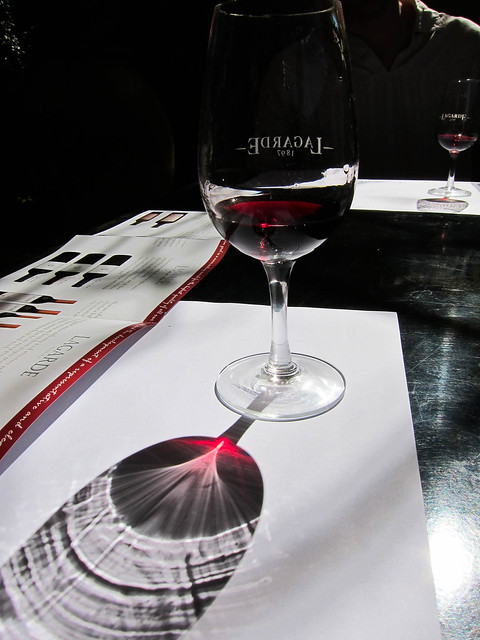
Contents
Smell is Just as Important as Taste
My prep work actually started the night before, when we sat in on a free lecture on how to taste wine at our hostel. A thickly accented Argentine woman talked us through the process of of tasting and appreciating wine. Apparently you use your nose (yes, everybody besides me in the world already knows this- I’m TRYING okay??).
It turns out you can tell a lot about a wine just by the smell of it. We learned how to aerate our wine by jiggling the glass to clear out the alcoholic smell. I inhaled deeply and smelled…wine. With a hint of maybe vanilla? I guessed aloud and our instructor nodded vigorously. Alright, clearly I have the gift.
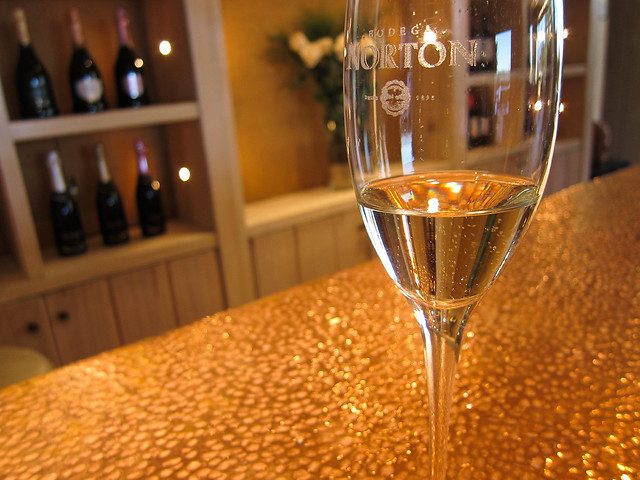
You’re Not Supposed to Taste Wine with Cheese
Ugh, what’s the point then.
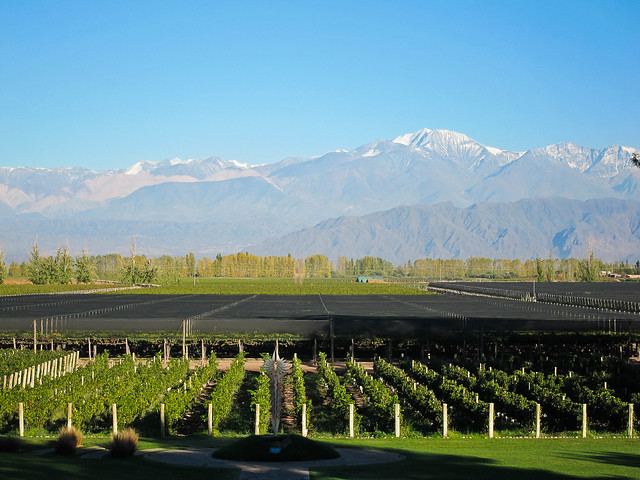
Red Wine Get’s It’s Color From Grape Skins
The next morning we were up bright and early for our tour! Along with a lovely couple from Houston and a solo traveling girl from Chicago we piled into the van.
First stop: Norton Wineries, one of the larger wine producers in the Mendoza area. It was a beautiful, sprawling vineyard set against a backdrop of the Andes. It was more than postcard perfect. Their number one product, in fact Mendoza’s number one product, is Malbec, which is made from a certain variety of purple grapes.
All my life I just assumed that white wine was made from white grapes and red wine was made from purple and thats where it got it’s color. That is not totally accurate. Red wine gets it’s color from contact with the skins of the grapes. If you take away the skins, you won’t get that wonderful red color. Red wines are also often aged in oak barrels which gives them their unique taste.

Making Wine is Science
After sipping some sparkling wine and marveling at our good fortune to be the kind of people who drink sparkling wine at 10 am, we got to go behind the scenes.
Behind the scenes at a winery is… complicated looking. There were a lot of metal vats, dials and hoses leading every which way. There’s a lot of chemistry that goes into making wine, which makes sense as fermentation is a chemical process. Our guide walked us through the steps but to be honest I still don’t really get it.

What you Taste is All Brain Chemistry
This kind of blew my mind. All of that stuff wine critics go on about, “hints of vanilla, pineapple, leather, whatever?” It’s all made up. Seriously, nobody is adding these things to wine, what you are smelling is just the wine. It’s simply your brain that associates certain notes in the wine with all of these other things. YOUR BRAIN IS TRICKING YOU.
What you smell in your wine is entirely dependent on your own brain chemistry and past smelling experiences (ie if you’ve never smelled a kiwi before you’re not going to start recognizing one in your drink). Even wine experts come up with different answers on the same wine’s sniff test. So next time you need to analyze some wine, just make up whatever you want- there are no wrong answers.
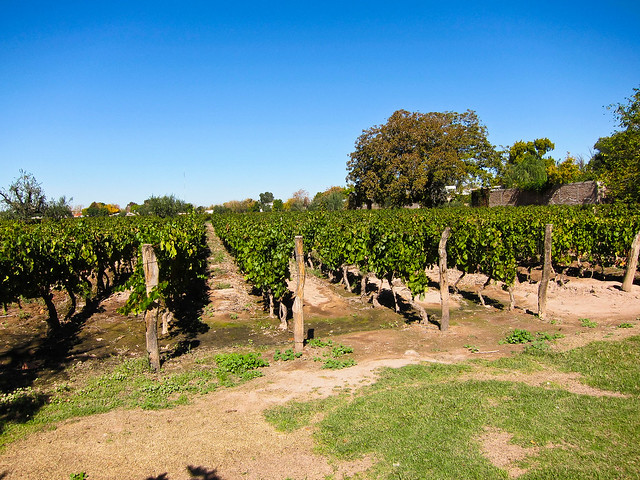
Good Wine Takes Serious Patience
We moved on to our second winery, a smaller, artisan setup called Lagarde. Here I learned that the best quality wine takes some serious patience. Our beautiful long haired tour guide explained to us that older grape vines produce better wine. In Lagarde’s vineyard, some of the vines are 100 years old!
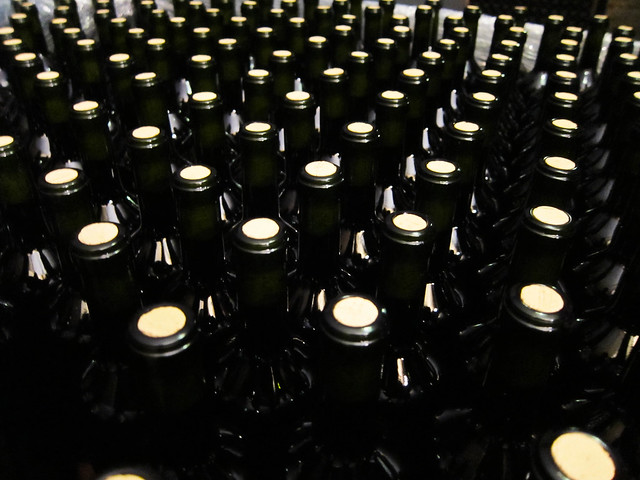
Sparkling Wine Takes Even More Patience
My cluelessness of wine does not extend to champagne which I of course adore. At Lagarde they make sparkling wines the old fashioned way- by letting the chemical reactions occur in the bottle to produce the Co2. In order for this to happen the bottled wine must sit on a rack aging for at least 15 months and sometimes as long 6-8 YEARS. Once a day the bottles are rotated 45 degrees by hand.
Makes me appreciate the bubbly even more.
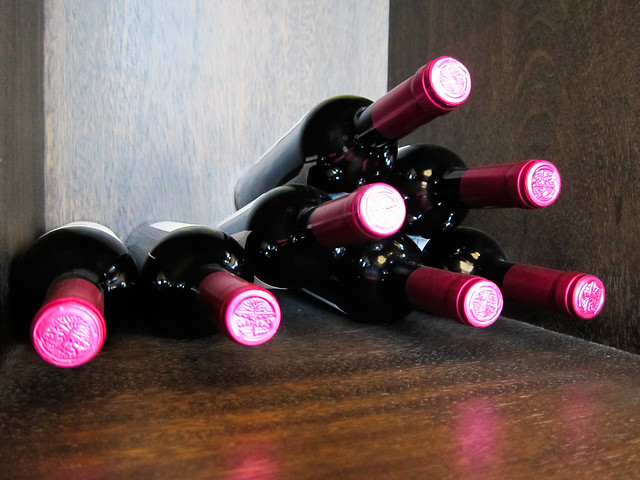
The Best Wine is Not the Most Expensive
I rarely if ever pay more than $10 for wine. Since it all tastes the same to me I couldn’t see the point in spending a lot of money on a “good bottle.” While that might not be the best wine buying tactic, it turns out you don’t need to pay a lot for quality wine. There are a lot of very decent bottles out there for under $20. The best wine, my guide tells me, is the one that tastes best to you.

Wine Should be Savored
True story: I once played 100 cup beer pong (wine pong?) with a massive jug of Carlos Rossi. You can probably find many things wrong with that sentence (oh, college), but the biggest is that wine is not meant to be skulled as quickly as possible. It’s meant to be savored and enjoyed, preferably with good friends and good conversation. Wine is a social drink, and while I still have a long way to go in appreciating it’s finer points, that is one thing I can get on board with.
Thank you to Get Your Guide for offering me a free Mendoza wine tour.
